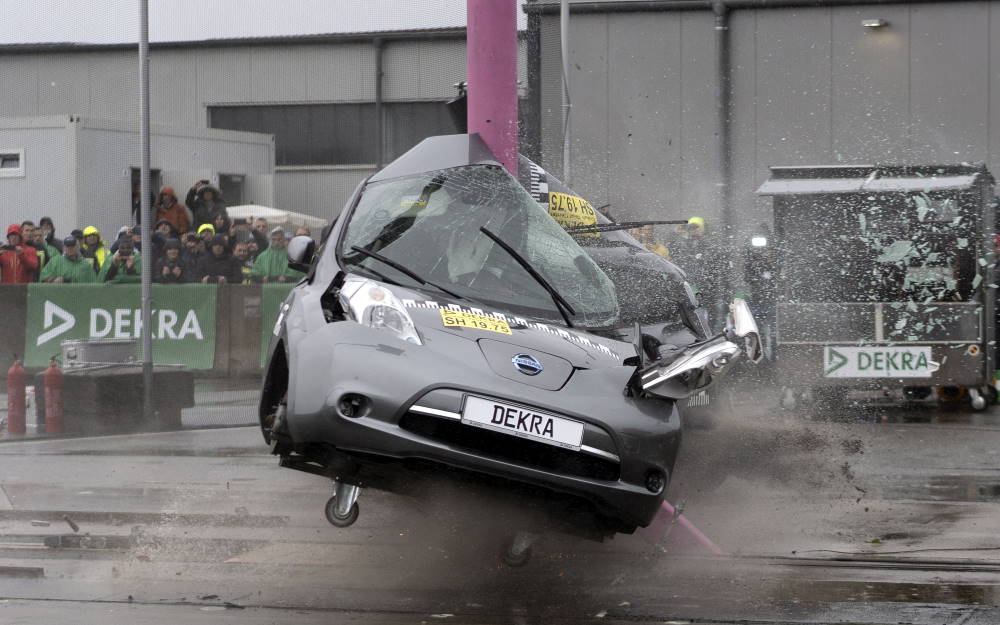Electric vehicles are becoming mass market products in many categories during the next few years. Volkswagen is planning to manufacture millions of electric cars, pickup trucks like Rivian are powered by batteries, and European and Japanese van manufacturers have electric vans in production. Even though electric and petrol-powered compact cars look practically the same, their structure, key technology and potentially risky components are very different.
In Germany, an enterprise that is specialized in safety, Dekra, conducted a series of crash tests to determine if an electric compact car is safer or more unprotected in collisions than a compact car powered by an internal combustion engine.
The outcome from Dekra’s crash tests was that passenger safety in an electric compact car and in a traditional car is at the same level. The key findings of the crash tests were:
- High-voltage systems in electric vehicles reliably shut down when an accident happened.
- The damage caused to an electric vehicle in a crash was comparable to the damage of traditional cars.
- There were no fires in electric cars although batteries were badly damaged.
The test team smashed Renault Zoe and Nissan Leaf e-cars into static posts, simulating head-on and on-the-side crashes. Three crash scenarios were created for a side collision with the static post. The Renault Zoe hit the post at 60 km/h (37 mph) and the Nissan Leaf (production models from 2010–2017) at 60 km/h (37 mph) and 75 km/h (46 mph). In the fourth test, a Nissan Leaf simulated head-on collision at 84 km/h (52 mph).
Dekra also tested methods of rescuing passengers who were trapped inside a crashed electric car. The conclusion from this test was that the rescue teams can use the same tools and techniques they are using for rescue operations in traditional vehicles.
01net.com reported the news.
Photographs by Dekra.

